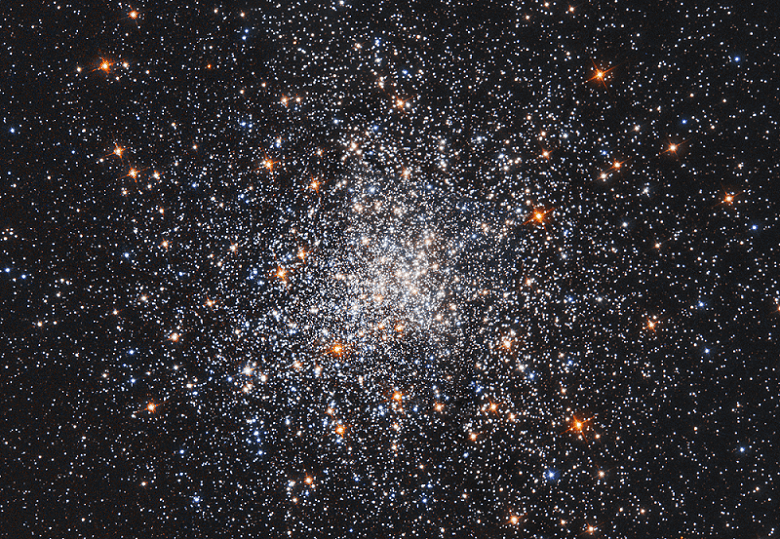Welcome back to Messier Monday! Today, we continue in our tribute to our dear friend, Tammy Plotner, by looking at the globular cluster known as Messier 79!
During the 18th century, famed French astronomer Charles Messier noticed the presence of several “nebulous objects” while surveying the night sky. Originally mistaking these objects for comets, he began to catalog them so that others would not make the same mistake. Today, the resulting list (known as the Messier Catalog) includes over 100 objects and is one of the most influential catalogs of Deep Space Objects.
One of these objects is Messier 79 (aka. NGC 1904), a globular cluster in the constellation Lepus. Located about 42,000 light years from Earth, and 60,000 light years from the Galactic Center, this cluster is believed to not be native to the Milky Way itself. One possibility is that it arrived in our galaxy as part of the Canis Major Dwarf Galaxy, which is currently the closest galaxy to our own (though this remains the subject of debate).
Continue reading “Messier 79 – the NGC 1904 Globular Cluster”

